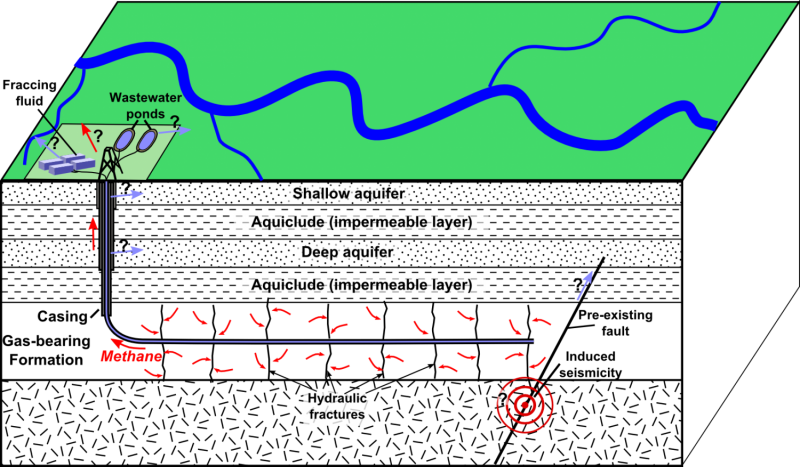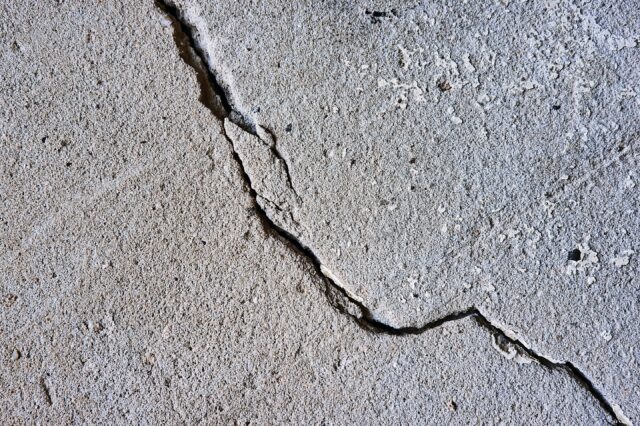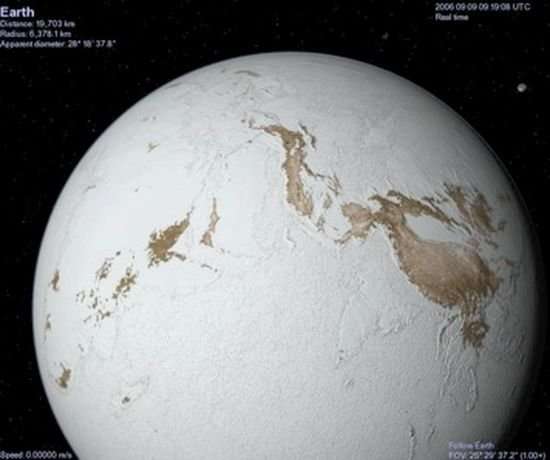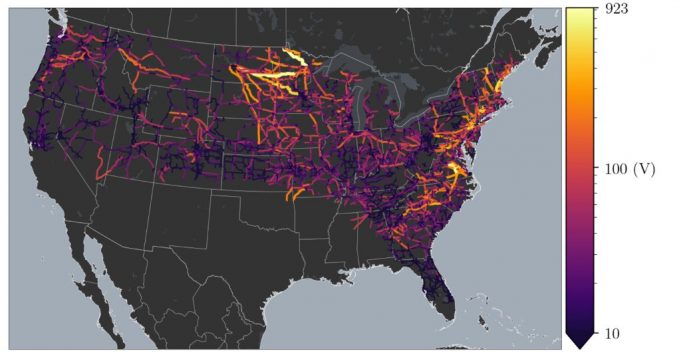Two moderate-sized earthquakes that struck the southern Sichuan Province of China last December and January were probably caused by nearby fracking operations, according to a new study published in Seismological Research Letters.
The December 2018 magnitude 5.7 and the January 2019...
Around 120 million years ago, the earth experienced an extreme environmental disruption that choked oxygen from its oceans.
Known as oceanic anoxic event (OAE) 1a, the oxygen-deprived water led to a minor -- but significant -- mass extinction that affected...
The western U.S. has seen a 2-degrees-Celsius rise in annual average temperature and lengthening of the fire season by almost three months since the 1970s; both elements contribute to what the authors refer to as the "new era of...
Lavezzi Island (Corsica, France). Credit: Daniel Pavon, IMBE, Aix Marseille University, Aix-en-Provence, France
Southern Spain will become desert and deciduous forests will vanish from much of the Mediterranean basin unless global warming is reined in sharply, according to a...
These mysterious earthquakes originate between 400 and 700 kilometers below the surface of the Earth and have been recorded with magnitudes up to 8.3 on the Richter scale.
Xanthippi Markenscoff, a distinguished professor in the Department of Mechanical and Aerospace...
Image Credit: Flickr/barnyz
Methane emissions caused by human activity may have a bigger impact on global warming than previously thought, scientists have found.
Research led by the University of Reading indicates that emissions of methane due to human activity have, to...
About 700 million years ago, the Earth experienced unusual episodes of global cooling that geologists refer to as "Snowball Earth."
Several theories have been proposed to explain what triggered this dramatic cool down, which occurred during a geological era called...
The Hangay Mountains of central Mongolia today serve as a large topographic barrier blocking moisture from reaching the Gobi Desert and interior Asia. Stanford doctoral candidate Jeremy Kesner Caves examined the uplift of the Hangay in the early Neogene,...
The U.S. Geological Survey released a new report on geoelectric hazards for two-thirds of the contiguous U.S., spanning from the northeast to the west coast of the Nation.
The research, featured in Space Weather, includes a map of voltages that would...
A UNLV scientist has discovered the first direct evidence that fluid water pockets may exist as far as 500 miles deep into the Earth's mantle.
Groundbreaking research by UNLV geoscientist Oliver Tschauner and colleagues found diamonds pushed up from the...
The oceans are the planet's most important depository for atmospheric carbon dioxide on time scales of decades to millenia. But the process of locking away greenhouse gas is weakened by activity of the Southern Ocean, so an increase in...


















